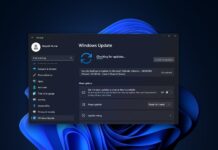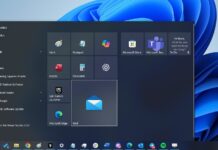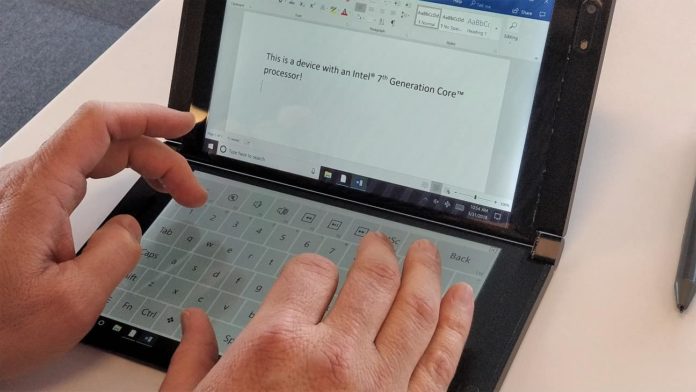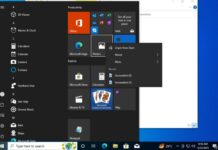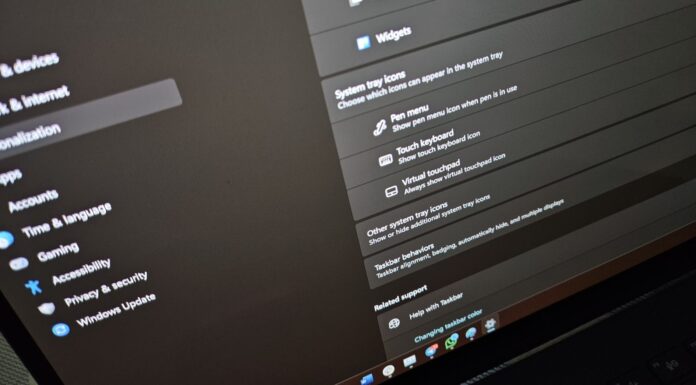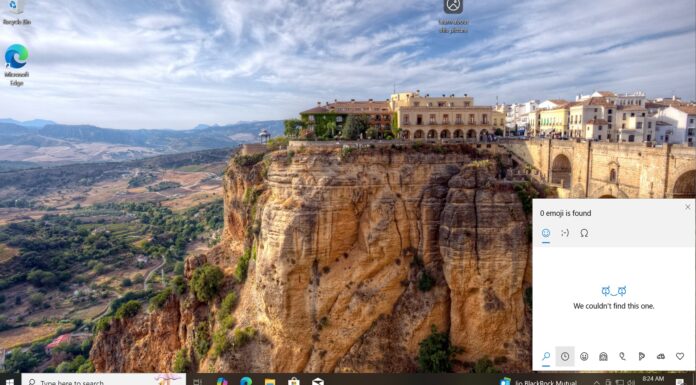Microsoft’s Surface Centaurus has already been seen in many patents, and multiple reports have revealed in the past that the firm is working on a revolutionary 2-in-1 device.
Microsoft is expected to apply the same strategy to the dual-screen device that the company used for its first 2-in-1 Surface. The Surface Centaurus might be used as a reference device for other OEMs looking to develop their dual-screen devices.
According to a new report, Intel and Microsoft have teamed up again to set standards for dual-screen devices that will run the next-gen Windows operating system. Sources from the supply chain also revealed that the two companies are planning to extend the concept to cover a wide range of foldable-screen devices.
Microsoft originally started working on a foldable pocketable device under the Andromeda codename, but a report in 2018 revealed that the device has gone back to the drawing board as there’s still no compelling reason for the firm to launch a new dual-screen mobile device.
Microsoft’s dual-screen device could come in the first quarter or half of 2020 and it will reportedly have two 9-inch displays with a 4:3 aspect ratio. According to various reports, the device would run Windows Core OS, a lightweight and adaptable version of Windows for dual-screen and Chromebook-alternatives.
Centaurus device would support Android apps as part of the Windows Core OS (WCOS).



